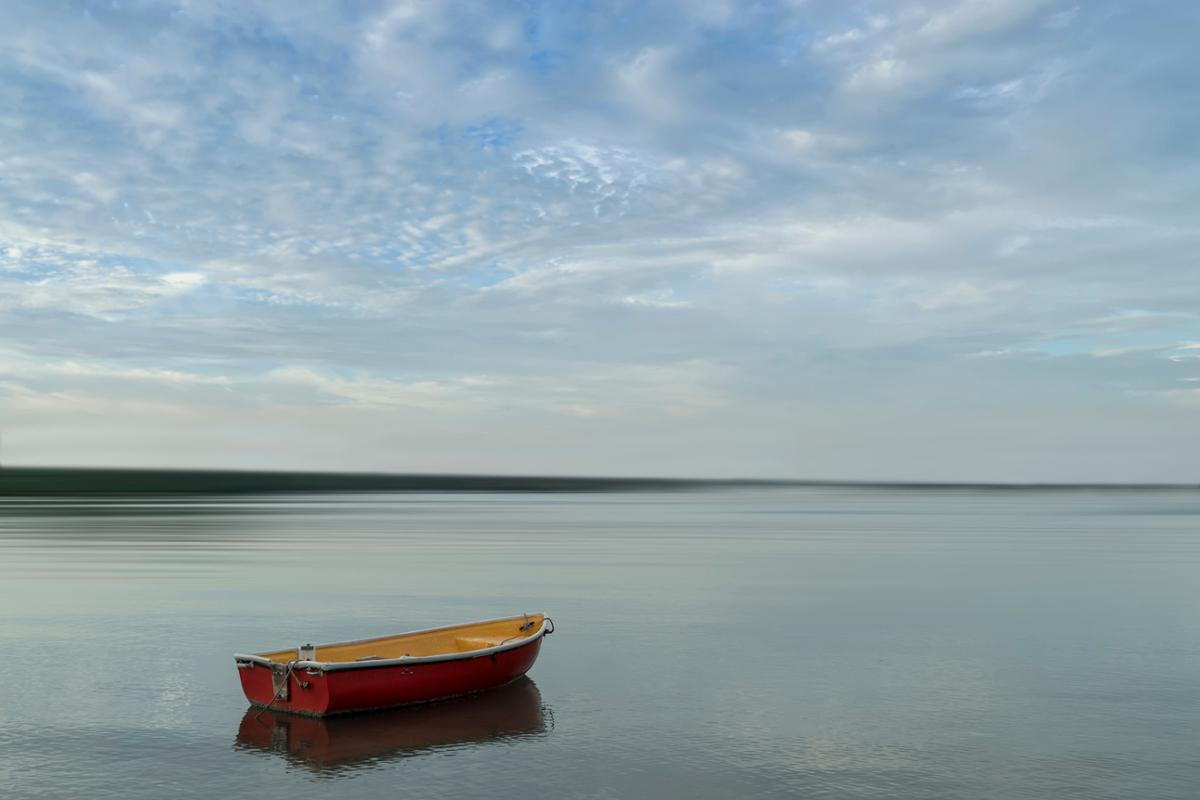A classic puzzle we hope you'll enjoy pondering, in this Moment of Science.
You're in a rowboat, in a small pond. You have a huge boulder -- a big rock -- with you in the boat. You throw the boulder overboard into the water. Does the water level of the pond rise, fall, or stay the same?
Now, it's pretty clear that if you took everything completely out of the pond -- yourself, the boat, and the boulder -- the pond water level would fall.
And, if you stayed in the boat, in the water, and threw the boulder ashore, the water level in the pond would also fall. Since the rowboat would weigh less after you tossed the boulder ashore, the boat would float higher and displace less water.
But what happens if you toss the boulder overboard, into the water? What happens to the pond's water level then?
You can simulate the situation by filling a big mayonnaise jar with water. That's the pond. Put a rock in a tin can -- that's the rowboat -- and float it in the water in the jar. Mark the level of water in the mayonnaise jar. Now take the rock out of the can and drop it into the jar. Now you have a rock at the bottom and the empty tin can floating at the surface. Don't let it capsize. Is the level of water in the jar higher, lower, or the same as before?
Here's the logic behind the answer. When the boulder is in the boat, it displaces an amount of water equal to its weight. That's a lot of water.
Lying at the bottom of the pond, the boulder only displaces an amount of water equal to its volume. That's less water.
The boulder displaces less water if it's on the bottom of the pond than if it's in the boat. Also, the boat floats higher without the rock.
So here's the answer: if you're in a rowboat with a big boulder and you throw the boulder overboard into the water, the pond water level falls.










